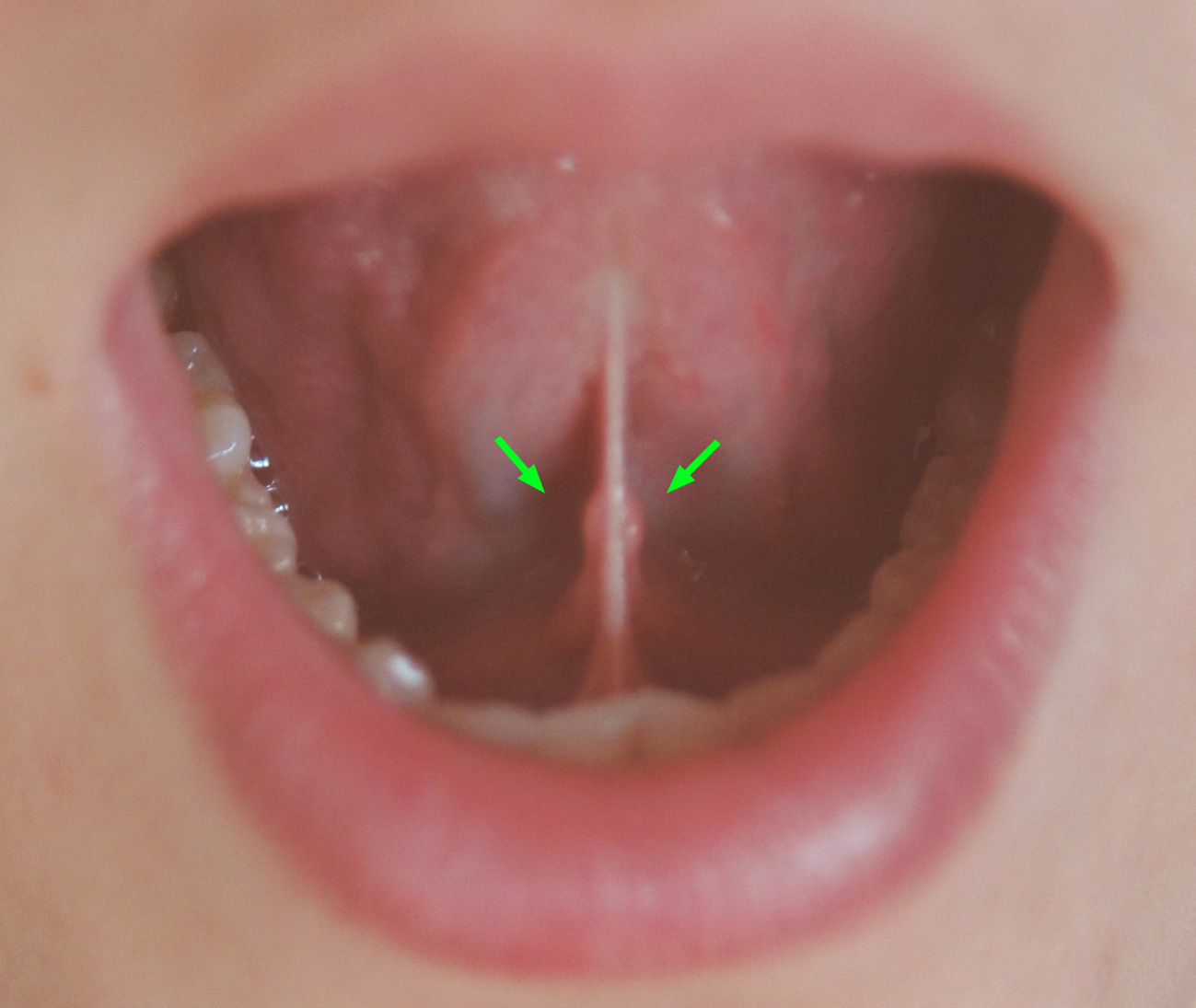
The sublingual gland is a fascinating component of the human anatomy that often goes overlooked. Nestled beneath the tongue, this small but mighty gland plays a crucial role in our oral health and overall well-being. Despite its size, the sublingual gland holds a wealth of extraordinary facts that are captivating and worth exploring. From its unique structure and function to its contribution to salivation and taste perception, there’s much to learn about this underrated organ. In this article, we will delve into 11 extraordinary facts about the sublingual gland that will leave you amazed and enlightened. So, let’s dive in and uncover the secrets of this remarkable gland!
Key Takeaways:
- The sublingual gland, though small, produces 5% of our saliva, aiding in digestion and keeping our mouths moist. It’s a hidden treasure for oral health!
- The sublingual gland is crucial for taste, speech, and preventing dental issues. It’s a tiny powerhouse that deserves our care and attention.
The Largest Salivary Gland
Did you know that the sublingual gland is the smallest of the three major salivary glands? Despite its small size, it is responsible for producing 5% of the total saliva in our mouths, which aids in digestion and keeps our oral cavity moist.
The Duct of Rivinus
The sublingual gland has multiple ducts, but the most prominent one is known as the Wharton’s duct. Named after the English anatomist Thomas Wharton, this duct opens beneath the tongue and allows the saliva from the sublingual gland to flow into the oral cavity.
Follicles and Alveoli
The sublingual gland is made up of numerous tiny follicles and alveoli, which are responsible for secreting saliva. These structures are connected to the main ducts, ensuring a steady flow of saliva.
A Rich Supply of Blood Vessels
The sublingual gland is abundantly supplied with blood vessels, ensuring efficient nutrient exchange and oxygenation. This rich blood supply contributes to the gland’s overall health and functionality.
Innervation by Cranial Nerves
The sublingual gland receives innervation from the facial nerve (cranial nerve VII) and the glossopharyngeal nerve (cranial nerve IX). These nerves play a vital role in stimulating the secretion of saliva.
Protection Against Caries
The sublingual gland produces saliva that contains important enzymes, such as amylase, which helps in breaking down food particles and preventing dental caries. This saliva also acts as a natural defense mechanism against harmful bacteria in the mouth.
Sublingual Gland Stones
Similar to other salivary glands, the sublingual gland can experience the formation of stones or calculi. These stones can obstruct the ducts, causing swelling, pain, and difficulty in salivary flow. Treatment may involve medications or surgical intervention.
Associated with Ranula
A ranula is a type of cyst that forms on the floor of the mouth, often associated with the sublingual gland. It occurs when the duct of the gland becomes blocked, leading to a buildup of saliva. Surgical removal may be necessary to alleviate the symptoms.
Impact on Taste and Speech
The sublingual gland plays a crucial role in our ability to taste and articulate speech. The saliva it produces helps in the proper formation of words and the detection of various flavors.
Common Disorders and Treatment
While the sublingual gland is generally resilient, it can be affected by various disorders such as Sjögren’s syndrome, bacterial infections, and tumors. Proper diagnosis and treatment, including medication or surgical intervention, can help manage these conditions.
An Essential Component of Oral Health
The sublingual gland, with its unique anatomical features and functions, is an essential component of our oral health. It contributes to proper digestion, oral hygiene, and overall well-being.
Now that we’ve uncovered these extraordinary facts about the sublingual gland, we can appreciate its significance in maintaining a healthy mouth and body. So, let’s embrace this hidden treasure and give our sublingual gland the care and attention it deserves!
Conclusion
In conclusion, the sublingual gland is an extraordinary part of the human anatomy. Its location underneath the tongue and its crucial role in saliva production make it vital for our oral health and digestion. Understanding the function and characteristics of the sublingual gland can help us appreciate the complexity of our bodies and the interconnectedness of its different systems. From secreting enzymes to aiding in speech and swallowing, this tiny gland packs a powerful punch. So next time you enjoy a delicious meal or have a conversation, remember to give thanks to this remarkable gland silently working in the background, keeping our mouths moist and our words flowing.
FAQs
1. Where is the sublingual gland located?
The sublingual gland is located underneath the tongue, towards the front of the mouth.
2. What is the function of the sublingual gland?
The sublingual gland produces saliva, which helps in the digestion process, lubricates the mouth, and aids in swallowing.
3. Can the sublingual gland get infected?
Yes, like any gland in the body, the sublingual gland can get infected, leading to conditions such as sublingual gland abscess or sialadenitis.
4. Does the sublingual gland play a role in speech?
Yes, the sublingual gland, along with other salivary glands, helps in producing saliva necessary for speech articulation.
5. Are there any specific health conditions related to the sublingual gland?
Although relatively rare, conditions such as sublingual gland duct stones or sublingual gland tumors can affect the proper functioning of the gland.
Sublingual glands play a crucial role in maintaining oral health, but they're not the only fascinating aspects of our mouths. Mumps, a viral infection, can cause painful swelling of the salivary glands, leading to discomfort and difficulty eating. Cavities, another common oral health issue, develop when bacteria erode tooth enamel, causing decay and sensitivity. Submandibular glands, located beneath the jaw, also contribute to saliva production and help keep our mouths moist and healthy. Exploring these topics further can provide valuable insights into maintaining optimal oral well-being and preventing potential problems.
Was this page helpful?
Our commitment to delivering trustworthy and engaging content is at the heart of what we do. Each fact on our site is contributed by real users like you, bringing a wealth of diverse insights and information. To ensure the highest standards of accuracy and reliability, our dedicated editors meticulously review each submission. This process guarantees that the facts we share are not only fascinating but also credible. Trust in our commitment to quality and authenticity as you explore and learn with us.


